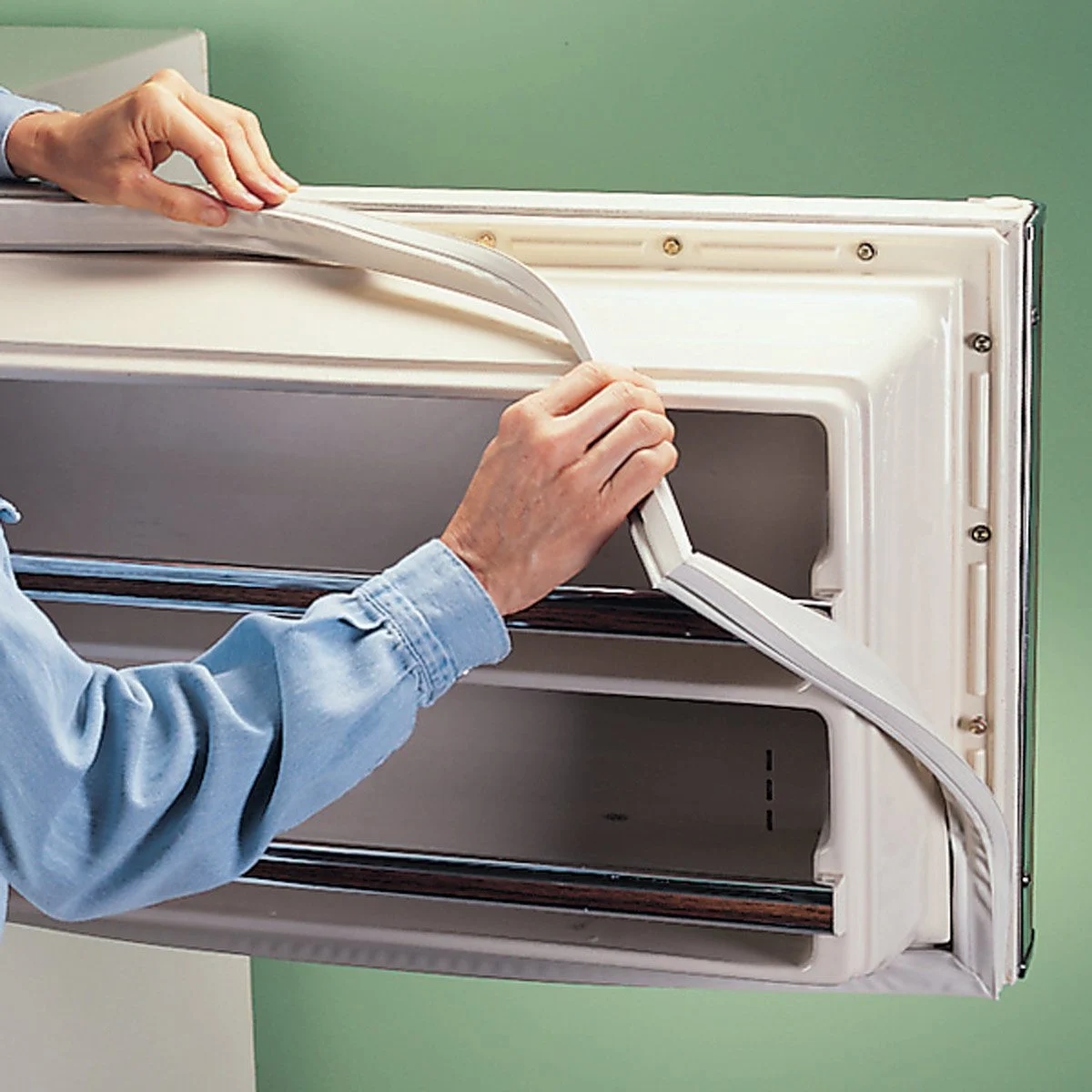
Preserving food freshness is a priority for every household and business that relies on cold storage. While many factors contribute to how long perishable goods last, one critical but often overlooked component is the refrigerator gasket. This seemingly simple rubber seal plays a vital role in maintaining temperature, energy efficiency, and ultimately, food shelf life.
Mentioning this factor may feel technical or unimportant at first glance. However, when a refrigerator gasket begins to fail, the consequences ripple through every function of your appliance. Understanding its importance can help you reduce waste, lower energy bills, and keep your food fresher for longer.
Reliable Gaskets USA recognizes the essential role that refrigeration components play in daily life. While the gasket may seem like just a supporting player, it is actually fundamental to your refrigerator’s core mission: preserving perishable items in optimal conditions.
Why Gaskets Matter in Cold Storage
A refrigerator gasket is the seal that runs around the door of your fridge or freezer. It compresses when the door is shut, creating an airtight barrier that prevents warm air from entering and cold air from escaping. This pressure seal maintains a stable internal environment, which is essential for the safety and longevity of stored food.
If that seal breaks down even slightly, the entire cooling system must work harder. The appliance cycles more frequently, internal temperatures become erratic, and perishable items are exposed to micro-warming episodes. These temperature fluctuations can reduce food shelf life and increase the risk of spoilage or contamination.
The Science Behind Shelf Life Reduction
Food is highly sensitive to changes in temperature. Bacteria, such as Listeria monocytogenes or Salmonella, thrive in environments just above optimal refrigeration levels. When the gasket allows warm air to seep in, even in small amounts, it can elevate interior temperatures by a few degrees—enough to accelerate bacterial growth.
Dairy products curdle faster. Meats become breeding grounds for dangerous pathogens. Leafy greens wilt and rot prematurely. All of these outcomes can be traced back to temperature inconsistency, which is most often caused by gasket failure.
Identifying a Worn Refrigerator Gasket
Recognizing a worn gasket isn’t always as easy as spotting a tear or rip. Common indicators include:
- Door not sealing properly or popping open slightly
- Condensation or frost forming around the door edges
- Increased utility bills due to overworked compressors
- Food spoiling before expiration dates
A simple test involves placing a piece of paper between the door and gasket, then closing the door. If the paper slides out easily, your seal is compromised.
The Economic Impact of Gasket Degradation
Food waste isn’t just a nuisance—it’s expensive. Every prematurely spoiled gallon of milk, rotten bag of spinach, or wasted tray of poultry adds up. Moreover, your energy bills may reflect the added stress on your refrigerator’s compressor, which runs more frequently to make up for lost cool air.
For commercial kitchens or grocery operations, the cost of gasket failure multiplies exponentially. Even a minor issue can lead to inventory loss, health code violations, or costly equipment repairs.
This is why both residential and commercial users must pay close attention to gasket health. The minor investment in inspecting and replacing gaskets can yield significant savings and performance improvements.
Preventative Maintenance Starts with Awareness
Many consumers don’t even know what a gasket is until something goes wrong. But preventative maintenance is simple and low-cost. Regularly wiping down the seal with a mild solution of soap and water keeps it free of debris and sticky residues that can degrade the material over time.
Environmental factors, such as excessive heat, chemical cleaners, and repeated slamming of the refrigerator door, also contribute to early gasket failure. Awareness of these habits can help extend the lifespan of the seal and protect your food.
Commercial Implications: An Industry-Wide Priority
In the food service industry, refrigerator gaskets are more than just convenience components—they’re safety essentials. Whether it’s in walk-in coolers or refrigerated prep stations, a poorly sealed unit can result in failed health inspections or customer illness due to improperly stored food.
That’s why businesses often implement regular inspection schedules for all gasketed appliances. Partnering with professionals like those at Reliable Gaskets USA ensures that quality refrigerator gaskets in Southern California are sourced and installed correctly, offering peace of mind for business owners and customers alike.
When to Replace a Gasket
While cleaning and maintenance can extend a gasket’s life, there comes a point when replacement is necessary. Most gaskets are designed to last 3–5 years under normal usage. However, environments with heavy door use, extreme humidity, or chemical exposure may see faster degradation.
Common signs that you need a replacement include:
- Cracks or tears in the gasket material
- Loose or sagging sections of the seal
- Mold buildup that won’t scrub away
- Frequent temperature fluctuations inside the fridge
Replacing a refrigerator gasket is generally straightforward and affordable, especially compared to the long-term cost of poor refrigeration performance.
Material Matters: Choosing the Right Gasket
Not all gaskets are created equal. Material composition affects flexibility, insulation, and durability. Choosing high-grade, food-safe materials that meet regulatory standards is key for long-term success.
In some cases, custom gasket solutions are necessary—especially for unique equipment or specialty installations. This is where experts like Reliable Gaskets USA come in, offering tailored solutions that meet industry specifications and performance benchmarks.
A Small Seal with a Big Job
While easy to overlook, the refrigerator gasket is central to effective refrigeration and food safety. It ensures that your appliance runs efficiently, your food stays fresh, and your energy use remains in check.
Understanding its function, recognizing signs of wear, and taking proactive steps to maintain it can save you money, prevent waste, and uphold standards in both home and business settings.
Whether you’re managing a bustling commercial kitchen or simply trying to keep your family’s groceries fresh, don’t underestimate the power of a simple gasket. Sometimes, the smallest parts make the biggest difference.
